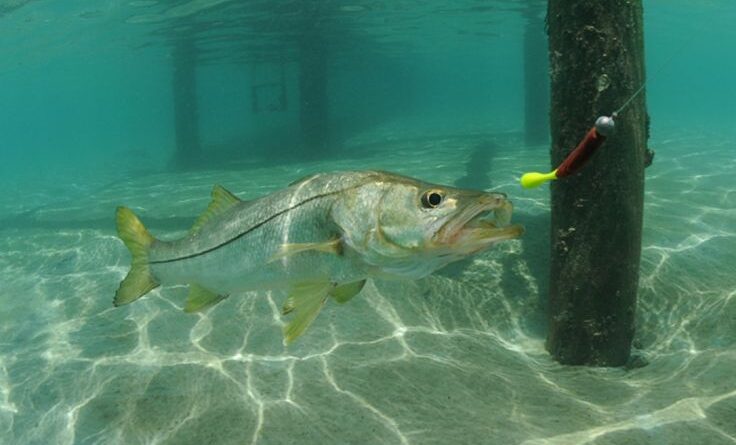Catfish, with their formidable size and spirited fights, stand out as prized catches among anglers. Successfully landing these whiskered giants requires a nuanced approach, blending knowledge of their behavior, the right fishing gears, and strategic techniques. In this comprehensive guide, we’ll delve into the world of catfish fishing, exploring the best practices, gear essentials, and proven techniques to maximize your chances of a rewarding catfish catch.
Understanding Catfish Behavior
- Habitat Preferences: Catfish thrive in diverse environments, including rivers, lakes, and reservoirs. Understanding their preferred habitats, such as deep holes, underwater structures, and channels, is crucial for locating them.
- Feeding Habits: Catfish are opportunistic feeders, preying on various aquatic creatures. Knowledge of their preferred prey, such as crawfish, worms, and small fish, can inform your bait selection.
Essential Fishing Gears for Catfish
- Sturdy Rods and Reels: Opt for heavy-duty fishing rods and reels with a robust drag system. Catfish can put up a strong fight, and durable gear is essential for controlling and landing them.
- Strong Fishing Line: Use braided or monofilament fishing line with a high pound-test rating. Catfish can be powerful, and a strong line helps prevent breakages during the battle.
- Quality Hooks and Rigs: Select strong and sharp hooks, preferably circle hooks, to increase hooking efficiency. Rig options include Carolina rigs, slip sinker rigs, and three-way rigs, depending on the fishing conditions.
Proven Techniques for Catfish Fishing
- Bottom Fishing: Catfish are often found near the bottom, making bottom fishing an effective technique. Use sinkers to take your bait to the desired depth, enticing catfish lurking in submerged structures.
- Drift Fishing: Drift fishing involves allowing your bait to move with the current, covering a larger area. Ideal for expansive water bodies, this technique requires a boat to drift along potential catfish locations.
- Using Cut Bait: Cut bait, such as sections of fresh fish or other natural prey, is a potent attractant for catfish. Secure the cut bait on your hook and present it strategically in areas with catfish activity.
- Night Fishing: Catfish are nocturnal feeders, and fishing during the night can yield excellent results. Employ glow-in-the-dark baits or use underwater lights to attract catfish in low-light conditions.
Tips for Catfish Success
- Patience is Key: Catfish can be elusive, requiring patience and persistence. Allow sufficient time for your bait to attract their attention and be prepared for longer waiting periods.
- Understanding Seasonal Patterns: Catfish behavior can vary with the seasons. Learn how their movements change during spring, summer, fall, and winter to optimize your fishing strategy.
Conservation and Ethical Practices
- Handle with Care: When catching catfish, handle them with care to minimize stress and injury. Wet your hands before touching them, and use proper tools for hook removal.
- Adherence to Regulations: Familiarize yourself with local fishing regulations, including size limits and catch-and-release practices. Promote ethical angling to ensure the sustainability of catfish populations.
Conclusion
Catching catfish is a thrilling pursuit that demands a combination of skill, knowledge, and the right fishing gear. By understanding catfish behavior, employing proven fishing techniques, and using quality gear, you can enhance your chances of a successful catfish catch. Explore cheerfulfisherman.com for a comprehensive selection of fishing gear and expert advice to elevate your catfish fishing experience.







1 Comment
Comments are closed.